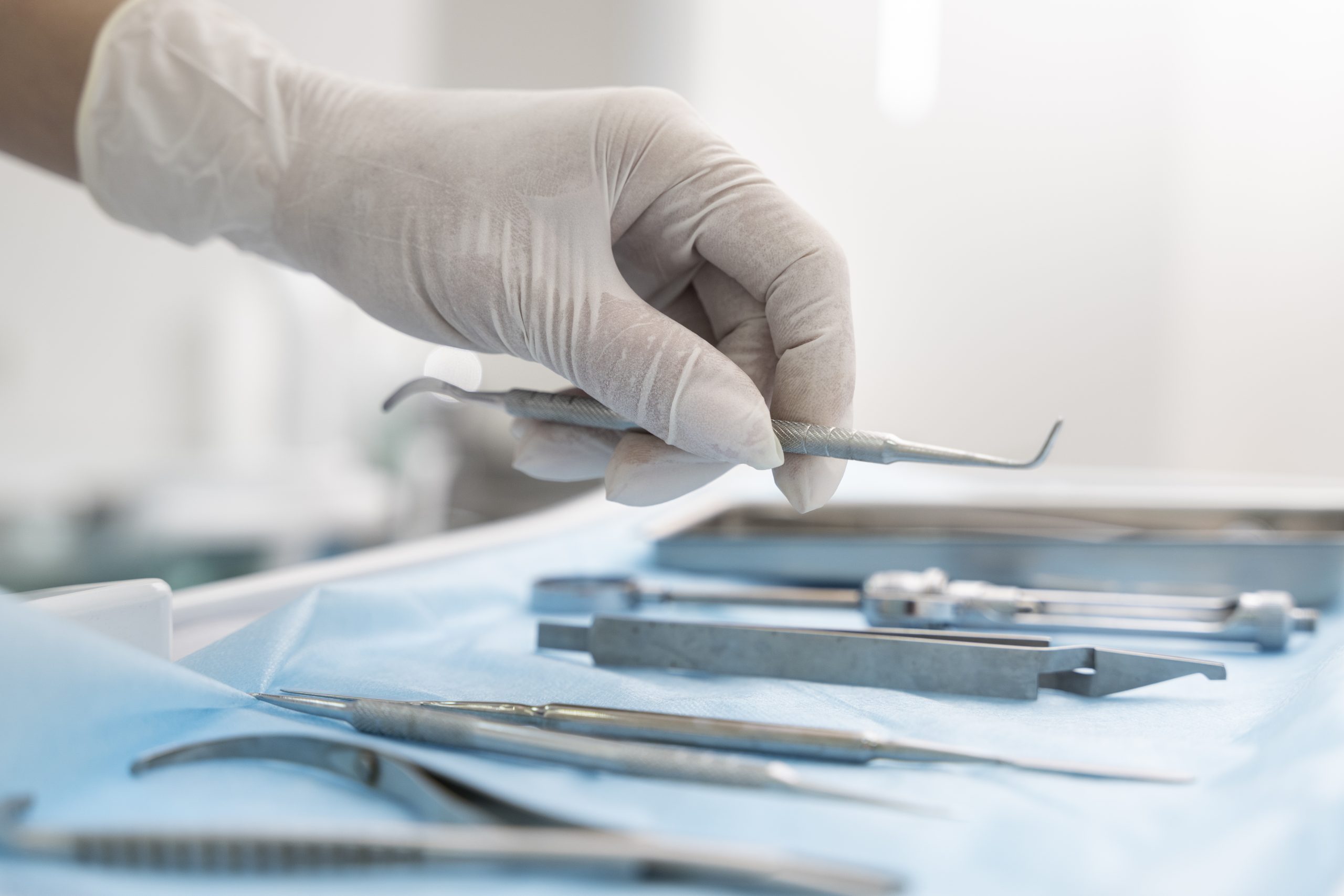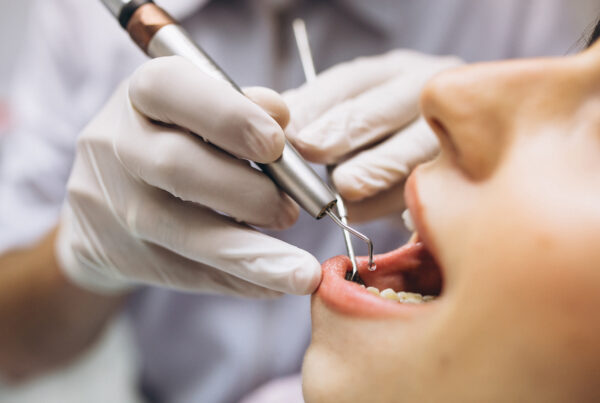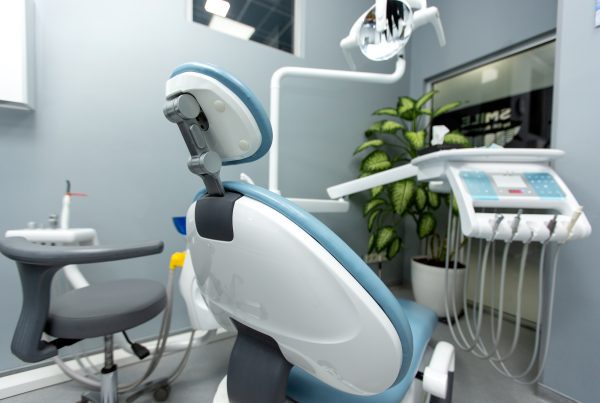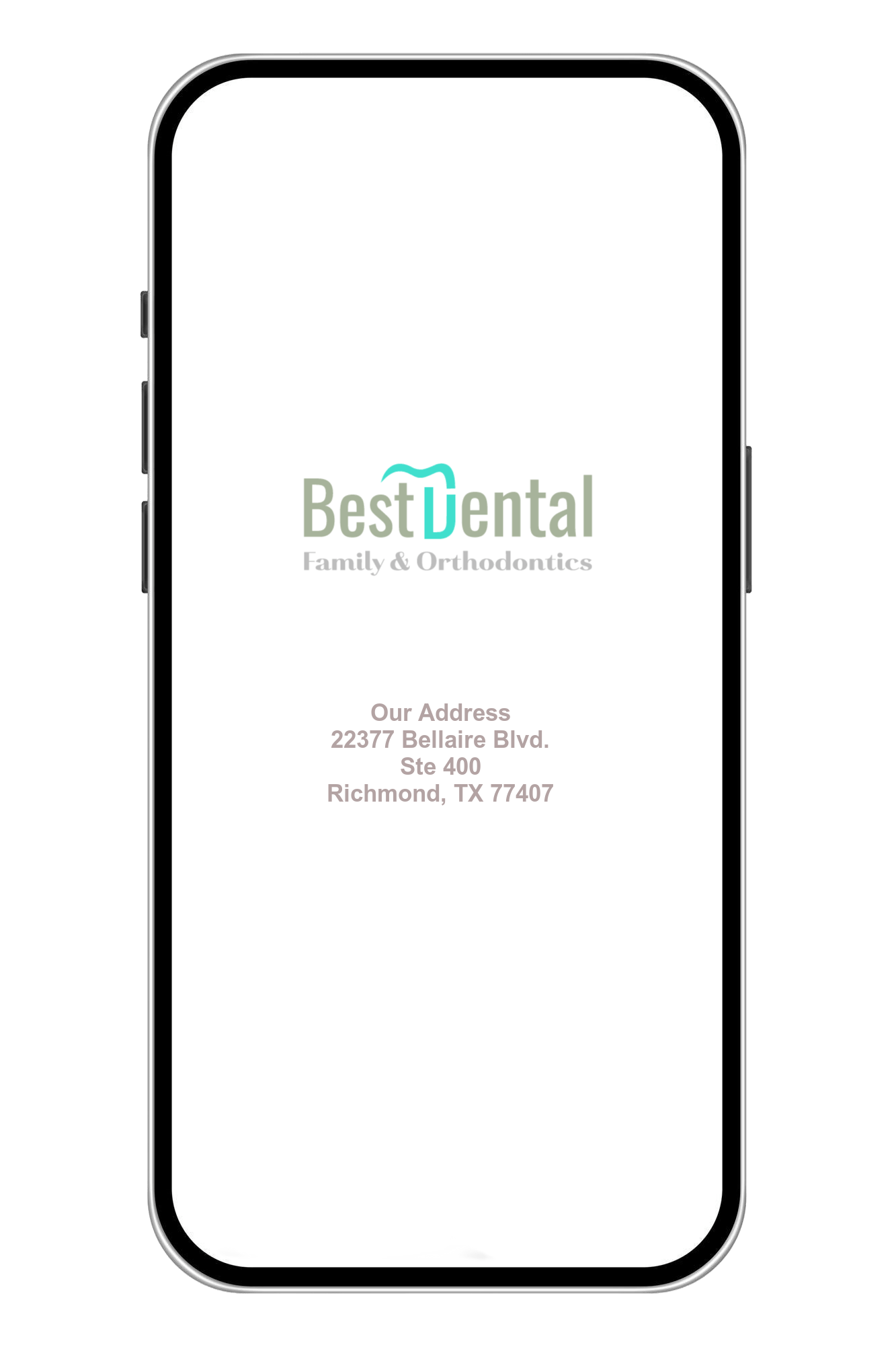A Comprehensive Look At Tori Removal
Dental tori, also known as oral tori, are bony growths that develop in the upper or lower jaws. These benign, slow-growing masses are typically composed of compact bone and can vary in size and shape, often appearing as bony protrusions along the surface of the oral cavity. While they are generally harmless and asymptomatic, in certain cases, these tori can interfere with oral function, causing discomfort, speech difficulties, or challenges with oral hygiene maintenance. Consequently, individuals may opt for dental tori removal, a surgical procedure aimed at eliminating these bony growths to alleviate associated symptoms and enhance overall oral health. This article will delve into the intricacies of dental tori, exploring the causes, symptoms, and available treatment options, with a focus on the process of tori removal and the potential benefits it offers for individuals experiencing complications due to these oral bony growths.

What are dental tori, and why do they develop in the mouth?
Dental tori are benign bony growths that can manifest in the upper or lower jaws, typically in the oral cavity. These growths, also known as oral tori or mandibular tori, are composed of compact bone and can vary in size and shape, appearing as bony protrusions along the surface of the mouth. The precise etiology of dental tori remains somewhat unclear, but they are believed to develop due to a combination of genetic predisposition and environmental factors. Certain studies suggest that dental tori may result from localized stresses or irritations, such as bruxism (teeth grinding), chronic gum chewing, or poorly fitting dental appliances, which can stimulate the excessive formation of bone in response to mechanical stimuli. While the exact mechanisms are still being researched, dental tori are generally considered benign and are often discovered incidentally during routine dental examinations.
What is the cost of oral tori removal, and does dental insurance cover it?
The cost of oral tori removal can vary significantly depending on various factors, including the geographic location of the dental or oral surgery practice, the complexity of the procedure, the expertise of the surgeon, the type of anesthesia used, and any associated pre-operative or post-operative care. On average, the cost of oral tori removal surgery can range from approximately $500 to $3000 or more. However, it’s important to note that this estimate is a general range and can be influenced by individual circumstances and the specific nature of the case. It’s advisable for patients to consult with a dental or oral surgeon to obtain a more accurate cost estimate based on their unique situation and the specific requirements of the procedure. Additionally, patients should check with their dental insurance provider to determine if the cost of tori removal is covered under their policy, as coverage may vary depending on the insurance plan.
Dental insurance coverage for oral tori removal can vary depending on the specific terms and conditions of the insurance policy. In some cases, oral tori removal may be covered if it is deemed medically necessary due to associated complications or symptoms that significantly affect the individual’s oral health and well-being. However, coverage may not be guaranteed for all cases, as certain insurance plans may consider tori removal to be a cosmetic procedure rather than a medically necessary one. It is advisable for patients to thoroughly review their dental insurance policy or consult directly with their insurance provider to understand the extent of coverage for oral tori removal and any associated pre-operative or post-operative care. Additionally, healthcare professionals or dental office staff can often assist in determining the extent of insurance coverage and provide guidance on navigating the insurance claim process.


Are there different types of oral tori, and does the type affect the approach to removal?
Yes, there are different types of oral tori, and the specific type can influence the approach to their removal. The most common types of oral tori include:
- Palatal Tori: These bony growths appear on the upper palate (roof of the mouth) and can vary in size and shape. Removal of palatal tori may require a surgical procedure known as a palatal tori reduction. The surgical approach may involve the use of local or general anesthesia, depending on the size and complexity of the tori.
- Mandibular Tori: Mandibular tori are found on the lower jaw, typically on the lingual or inner side of the mandible. The removal of mandibular tori often necessitates a surgical procedure called mandibular tori reduction, which may also involve local or general anesthesia, depending on the specific case.
- Buccal Exostoses: These bony growths occur on the cheek or buccal side of the jawbone, near the molars. The surgical approach for removal can vary based on the location and size of the buccal exostoses.
The type, location, and size of the oral tori play a crucial role in determining the approach to removal. Surgical techniques, anesthesia choices, and post-operative care may be tailored to address the specific characteristics of the tori. It’s important for individuals considering tori removal to consult with an oral surgeon or dentist who can assess the type and extent of the tori and provide personalized recommendations for the most appropriate removal procedure.
Tori & Buccal Exostoses Removal Costs
| Procedure Type | Cost Range | Average |
|---|---|---|
| Mandibular Tori (Lower Jaw) | $1,200 - $2,800 | $1,800 |
| Palatal Tori (Upper Jaw) | $1,500 - $3,000 | $2,100 |
| Multiple Tori (Both Jaws) | $2,500 - $5,000 | $3,500 |
| Buccal Exostoses (Single Side) | $1,000 - $2,500 | $1,600 |
| Buccal Exostoses (Both Sides) | $2,000 - $4,000 | $2,800 |
| Complex Case (Multiple Sites) | $3,000 - $6,000+ | $4,200 |
Notes: Costs vary based on location, dentist experience, and case complexity. Insurance typically covers 0-50%. Costs may include evaluation, anesthesia, procedure, and follow-up care.
What is the typical procedure for removing oral tori?
The procedure for removing dental tori typically involves several key steps:
- Consultation and Evaluation: The process begins with a comprehensive examination and consultation with an oral surgeon or a dentist. During this evaluation, the healthcare professional will assess the size, location, and type of the tori and determine the most suitable approach for removal.
- Anesthesia Administration: Before the procedure, the patient is typically administered either local anesthesia, which numbs the specific area being treated, or general anesthesia, which induces temporary unconsciousness. The choice of anesthesia depends on the complexity of the case and the patient’s preferences.
- Incision and Removal: The oral surgeon carefully makes an incision in the oral mucosa to access the underlying tori. Using specialized dental instruments, the surgeon then removes the tori while taking care to minimize damage to surrounding tissues and structures.
- Closure and Recovery: After successfully removing the tori, the oral surgeon closes the incision using dissolvable or non-dissolvable sutures. The patient is provided with post-operative care instructions, which may include guidelines for managing pain, swelling, and any potential discomfort. Follow-up appointments are scheduled to monitor the healing process and ensure proper recovery.
It’s important for patients to closely adhere to the post-operative instructions provided by the healthcare professional to facilitate optimal healing and minimize the risk of complications


How long does it take to heal completely after tori removal?
The complete healing time after tori removal can vary depending on several factors, including the size and location of the tori, the specific surgical technique used, the individual’s overall health, and how well they follow post-operative care instructions. In general, it may take anywhere from several weeks to a few months for the oral tissues to fully heal and for any post-operative symptoms such as pain, swelling, or discomfort to subside.
During the initial few days after the procedure, patients may experience some degree of discomfort, swelling, and potential difficulty in performing regular oral functions. However, as the healing progresses, these symptoms typically diminish. It’s essential for patients to follow the specific post-operative care instructions provided by the oral surgeon or dentist, which may include guidelines on managing pain, swelling, and maintaining proper oral hygiene. Attending follow-up appointments as scheduled is crucial to monitor the healing progress and ensure that any potential complications are promptly addressed. If patients have any concerns or experience unusual symptoms during the recovery period, they should consult their healthcare provider for guidance and appropriate management.
Are there any risks or potential complications associated with tori removal surgery?
While tori removal surgery is generally considered safe, there are potential risks and complications associated with the procedure, as with any surgical intervention. Some of these risks may include:
- Bleeding: During the surgery, there is a risk of excessive bleeding, which the surgeon will manage and control during and after the procedure.
- Infection: Any surgical procedure carries a risk of infection. Patients are typically prescribed antibiotics to reduce this risk.
- Nerve Damage: The proximity of nerves to the site of the tori may pose a risk of nerve damage during the surgery, which can potentially result in temporary or, in rare cases, permanent sensory disturbances.
- Damage to Adjacent Teeth or Structures: There is a slight risk of inadvertent damage to nearby teeth, gums, or other oral structures during the removal process.
- Pain and Swelling: Some degree of post-operative pain and swelling is common, but excessive or prolonged discomfort should be reported to the healthcare provider.
- Recurrence: While rare, there is a possibility of tori regrowth after removal, particularly if the underlying cause is not addressed.
It’s crucial for patients to discuss these potential risks with their oral surgeon or dentist before the procedure and to carefully follow the post-operative instructions provided to minimize the likelihood of complications and promote a smooth recovery. Any unusual or concerning symptoms experienced during the recovery period should be promptly reported to the healthcare provider for appropriate management and guidance.




